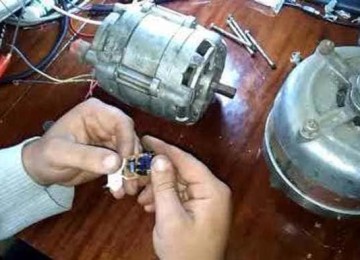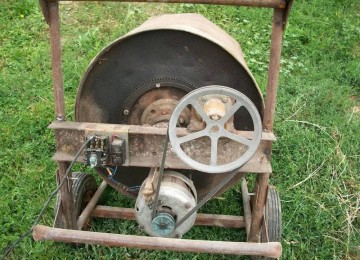 This special device, necessary for chopping firewood, is manufactured in several design options. They are divided into professional and home, and also classified according to their working principle. Today we’ll look at how to make your own wood splitter with a washing machine engine.
This special device, necessary for chopping firewood, is manufactured in several design options. They are divided into professional and home, and also classified according to their working principle. Today we’ll look at how to make your own wood splitter with a washing machine engine.
Purpose and principle of operation of the device
Wood splitters are used not only in domestic conditions, but also at the industrial level. They are represented by hydraulic presses, cone or screw devices. The working principle of each type of equipment depends on the type of knife and its mode of operation.
Hydraulic
This type of design is characterized by ease of use and significant performance characteristics. The main advantage of the unit is considered to be smooth operation, combined with a decent level of efficiency and minimal risks of possible failures. Structurally, the device consists of a base, a working cylindrical part, a thrust mechanism, a knife, an oil tank, a pump, a pressure distributor, a gasoline or electric motor from washing equipment.
In this type of equipment, energy is transmitted through a hydraulic cylinder to the rod, actuating the stop. With a smooth movement, the knife blade enters the wood and splits the block into pieces. If the power is not enough, the cylinder stops, the pump begins to perform idle rotations, preventing failure of all equipment.
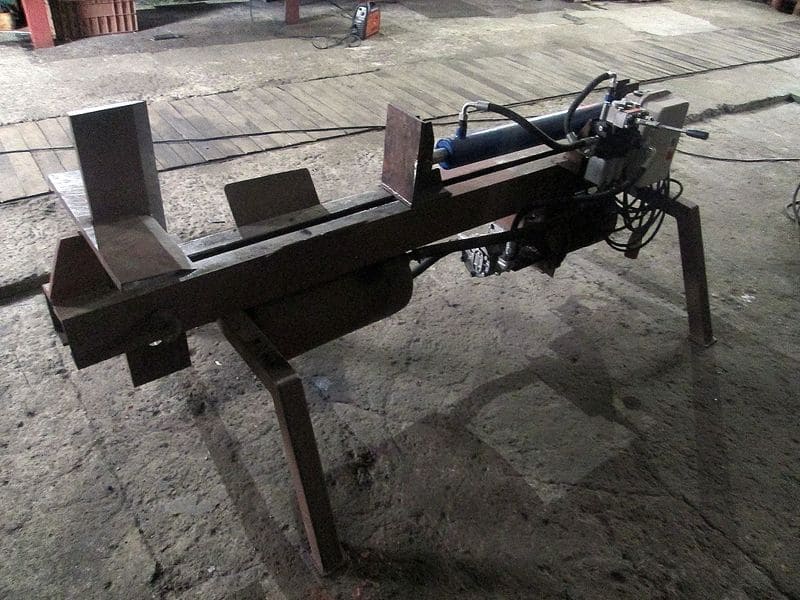
Cone or screw device
The assembly is carried out using bolts and nuts, the installation is reliable and has a good power rating. A characteristic feature is the fastening of a sliding thrust element to a frame located horizontally. The movement is carried out by means of a hinge pin with an electric motor. The splitting is done with a cone rather than a knife blade.
The advantages include the simplicity of the device, ease of maintenance, and long service life. But the engine must have sufficient power.
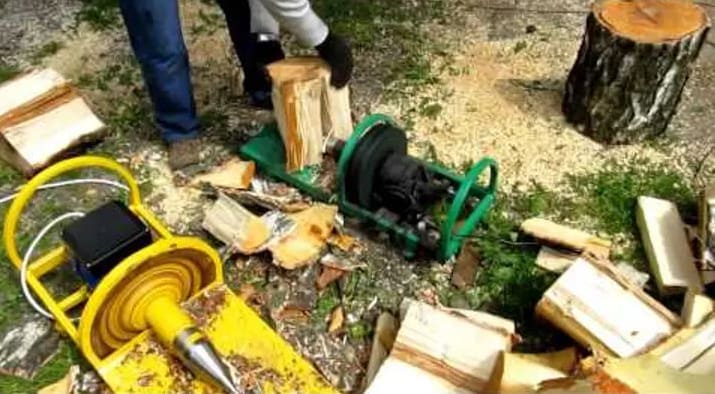
How to make your own screw wood splitter
The main problem in manufacturing is that it takes a long time to find a cone of suitable size. You can purchase it in a specialized store or make it yourself using a metal blank.
To make a cone you need:
- place a steel blank on the electric motor pulley;
- during free rotation, remove excess metal from the workpiece;
- arrange a persistent thread on the surface of the blank with a left direction.
Making a wood splitter with a washing machine engine
A drawing of the future device is first drawn up, which takes into account the fundamental feature of the screw design, which is the location of the wood in relation to the cone. Please note that the workpiece must be installed strictly vertically.
The problem is that if part of the log gets under the cone, it breaks or the shaft bends. To prevent such a situation and prevent firewood from getting under the cone, most users install a special keel that preserves the integrity of the shaft. This device ensures that the log does not get pulled under the cone and prevents the shaft from spinning at the moment of jamming. Note that this helps to avoid injury to the operator.
In addition to the fact that the keel protects the working part of the cone, it has an additional task. When the tip of the cone rests on a hard layer of wood, the block will not be pressed to the table. But here you need to take care of your hands so that they don’t get caught between the propeller and the keel.
Nevertheless, it is recommended to install this element in order to maintain the integrity of the cone.
Any installation is based on a frame base on which installation is carried out. The frame is welded from a profile or made from a metal sheet. Its approximate dimensions are 2 by 4 or 3 by 5 cm. The site is divided into two zones - power and working.
The power section is designed for a podium under electric motor from washing equipment. It and the frame are one whole, because this element of the base bears the main load impact.
In this zone there is a block responsible for controlling the motor removed from the old washing machine. The entire electrical part is located on a dielectric plate.If possible, it should be hidden in a housing made of plastic material.
In order to dampen operating jerks and accumulate a reserve of torsional moment, it is recommended to equip the shaft with a flywheel, for which it is allowed to use a part of the same name from a washing mashine that is suitable in diameter.
It is recommended to protect the power zone with a casing, for which a pair of profile arcs are welded to the frame. At the bottom there are reliable legs, the height of which should not exceed twenty centimeters. The recommended table height is at the level of your waist, so that your back remains straight while working. But there is one drawback - it is difficult to lift large workpieces high above the floor level. Because of this, many craftsmen make wood splitters as low as possible.
Now let's see how to connect an electric motor removed from the washing machine. Note that, despite the model and make of the washing mashine, the electrical circuit of the engines is similar, but there are still minor differences.
As a rule, three types of motors are used from old machines - commutator, asynchronous and electronically controlled (complete with a control module).
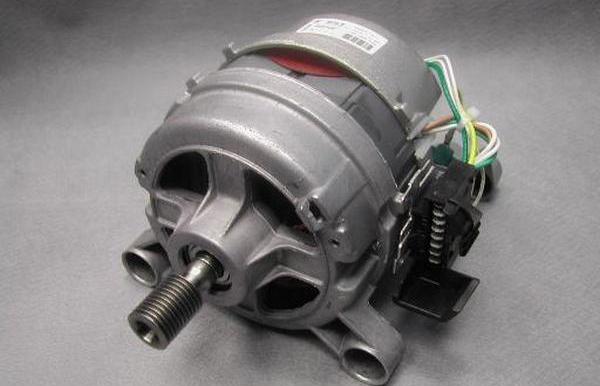
Most often, the asynchronous option is used, the connection methods of which will be discussed in more detail.
On older engines of this type there is a separate winding for starting.To determine the required winding, we use a tester to check the resistance, which should be higher at the starting winding. To start the engine, the start button is pressed, and shutdown is performed by breaking the circuit through which voltage is supplied. To change the direction of rotation, the connection points of the start winding are swapped.
Manufacturing options for other models
Let's look at a few examples.
Cone splitter
The simplest design with a cone. It consists of a jacking part, a cone and a frame in the shape of the letter “P”. The log is placed between the cone and the rod, and the splitting is carried out due to the translational movement.
The equipment is mounted on a shaft or gearbox that rotates slowly. The wood is screwed onto the cone and falls apart. Unfortunately, with such equipment it is impossible to split oak or birch, samples with high fiber content. There is another drawback - conical equipment is difficult to implement.
Hydraulic device
Consists of a hydraulic cylinder with a pusher, a pump and control elements. The frame is made of steel angle, profile pipes, channel. When designing, it is possible to provide for the installation of the frame on the wheelbase. An electric motor from a washing machine is not used; all splitting work is done with a hydraulic jack. The cutting element is represented by a steel strip three centimeters thick, which is sharpened with a wedge. The cutting part along the guides is secured with three bolts.
Mechanical device for chopping wood
It is called a spring cleaver. It is simple to make and convenient to use.Installation is carried out using the following technology:
- the vertical stand is concreted;
- a beam is hung horizontally with a hinge element on top and a shock absorber device on the bottom;
- a small stand with equipment is fixed in a free area;
- the working block is installed.
Conclusion
To know how to properly make a wood splitter with your own hands, it is recommended to carefully study the drawings and working diagrams. In addition, you will have to carefully consider the choice of consumables, focusing on their quality and durability. Particular attention is paid to the stable condition of the equipment so that work is not only convenient, but also safe.
Note that a homemade wood splitter will cost much less than a factory design and is perfect for home use. But if you have to chop a large volume of wood, you should purchase a wood splitter made in a factory.
In addition, from a used washing machine you can also construct:
- lawnmower,

- grass cutter,
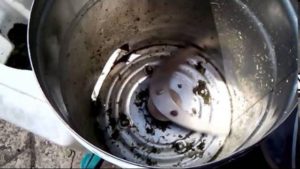
- electric bike,
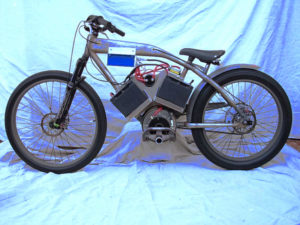
- honey extractor,
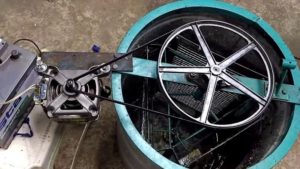
- Potter's wheel,
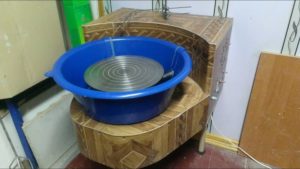
- router,

- irrigation pump,

- concrete mixer,
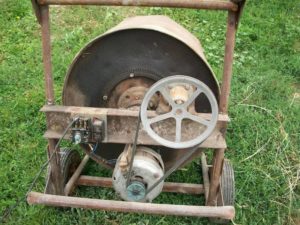
- lathe,
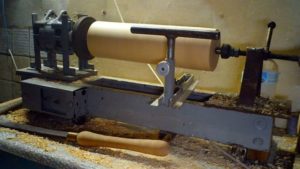
- juicer,
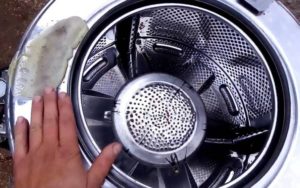
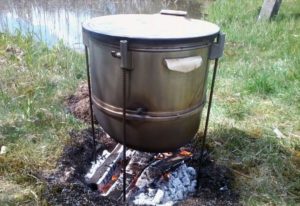

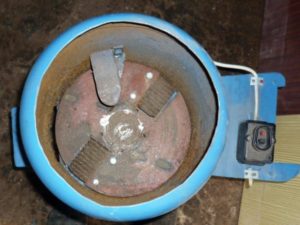



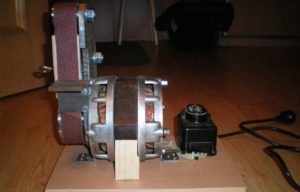

- circular
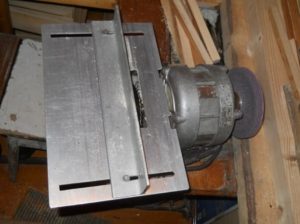
- and much more.







